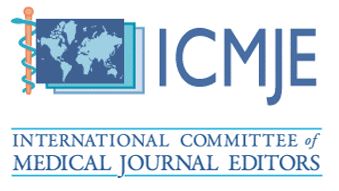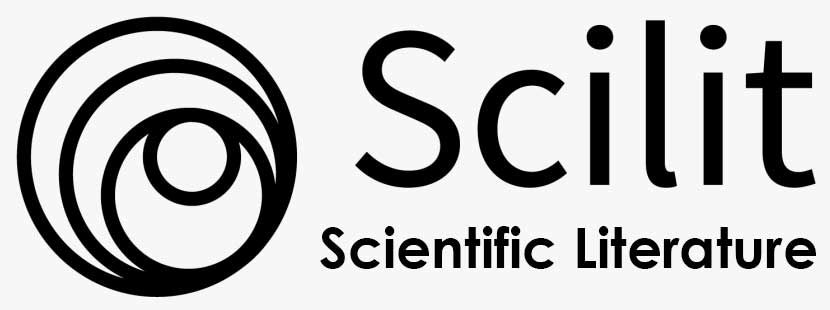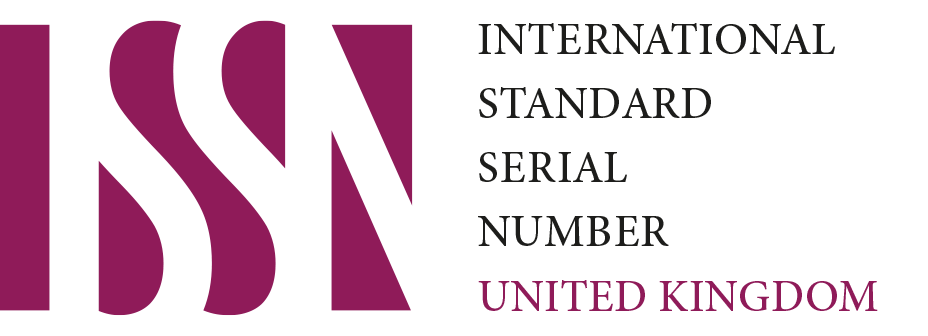Antioxidant Potential of Aqueous and Hydroalcoholic Extracts of Gossypium hirsutum L.
Luciene Ferreira de Lima1*, Adrielle Rodrigues Costa2, Carlos Vinicius Barros Oliveira2, Antônia Eliene Duarte2, Cícera Norma Fernandes Lima3, Damiana Gonçalves de Sousa Freitas4, Severino Denicio Gonçalves de Sousa5, Nair Silva Macêdo6, Joycy Francely Sampaio dos Santos6, Ana Lays Braga1, Andressa Brandão de Souza1, Naiza Saraiva Farias1, Henrique Douglas Melo Coutinho7, Maria Flaviana Bezerra Morais-Braga1
1Laboratory of Applied Mycology of Cariri– LMAC, University Regional of Cariri – URCA, Crato, CE Brazil.
2Laboratory of Toxicological Biology, University Regional of Cariri – URCA, Crato, CE Brazil.
3Laboratory of Pharmacology of Natural Products, University Regional of Cariri – URCA, Crato, CE Brazil.
4Applied Microbiology Laboratory, University Federal of Cariri – URCA, Barbalha, CE Brazil.
5School of Medicine of Mato Grosso Federal University, Cuiaba , MT Brazil.
6Laboratory of Semi-Arid Bioprospecting (LABSEMA), University Regional of Cariri – URCA, Crato, CE Brazil.
7Laboratory of Microbiology and Molecular Biology – LMBM, University Regional of Cariri – URCA, Crato, CE Brazil.
*Corresponding Author: Luciene Ferreira de Lima, Laboratory of Applied Mycology of Cariri– LMAC, University Regional of Cariri – URCA, Crato, CE Brazil.
https://doi.org/10.58624/SVOAMB.2025.06.012
Received: April 16, 2025
Published: May 13, 2025
Citation: de Lima LF, Costa AR, Oliveira CVB, Duarte AE, Lima CNF, de Sousa Freitas DG, de Sousa SDG, Mace do NS, dos Santos JFS, Braga AL, de Souza AB, Farias NS, Coutinho HDM, Morais-Brag MFB. Antioxidant Potential of Aqueous and Hydroalcoholic Extracts of Gossypium hirsutum L. SVOA Microbiology 2025, 6:3, 94-101. doi:10.58624/SVOAMB.2025.06.012
Abstract
Plant extracts serve as a reservoir of bioactive phytochemicals applicable in various domains, with Gossypium hirsutum L. encompassing constituents such as terpenes, phenolic compounds, and flavonoids, all exhibiting notable antioxidant properties, as well as metal-reducing capabilities, alongside potential toxicity. These compounds are distributed throughout the seeds, capsules, goblets, leaves, stems, flowers, and roots of the plant. To assess these potential activities, this study investigated the antioxidant capacity of the extracts by neutralizing free radicals and iron ions. Aqueous and hydroalcoholic extracts from the leaves and roots (AERG, HERG, AELG, and HELG) were prepared and subsequently dried using spray drying techniques. Following this, evaluations of the antioxidant potential were conducted utilizing the DPPH method (1,1-diphenyl-2-picrylhydrazyl), while the reducing and chelating capacities of iron ions (Fe2+ and Fe3+) were determined by measuring the intensity of the orange complex formed with 1,10-phenanthroline and free Fe2+ in the control supernatant and extracts. The hydroalcoholic extracts exhibited antioxidant activity comparable to that of ascorbic acid (IC50 46.30 µg/mL), effectively donating electrons to stabilize free radicals, demonstrating a higher percentage of efficacy than their aqueous counterparts from G. hirsutum. Nevertheless, the chelation and reduction assays for the iron extracts did not demonstrate significant chelation or oxidation of iron. It was concluded that the extracts displayed a mild antioxidant action; thus, conducting further tests with various metals would be beneficial to ascertain their reducing or chelating potential.
Keywords: Malvaceae; Chelation activity; Iron reduction; Free radical.











